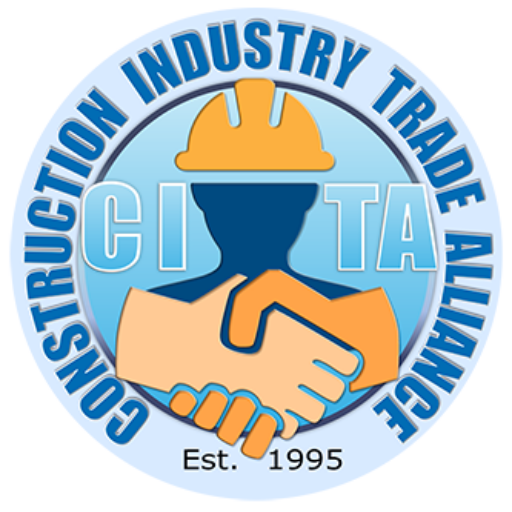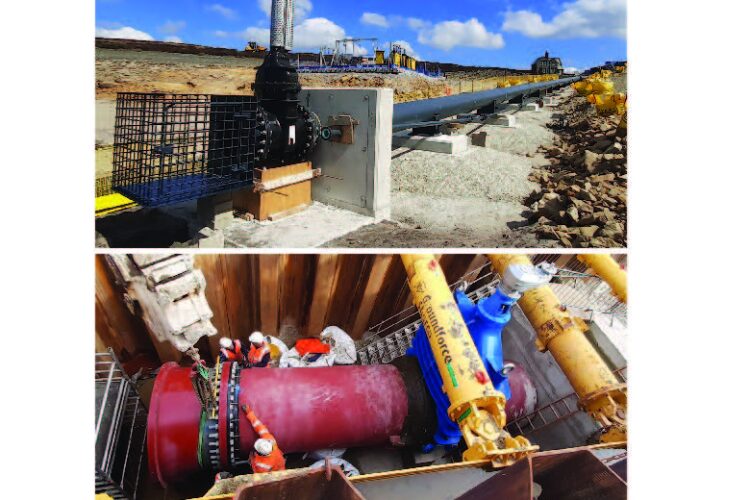This post was originally published on this site
https://www.theconstructionindex.co.uk/assets/news_articles/2025/07/1751614599_ciria-guide.pngCIRIA’s latest publication, Buried pressure pipelines: designing for thrust restraint (C816) replaces its 1994 Guide to the design of thrust blocks for buried pressure pipelines (R128), reflecting 30 years of research, innovation and industry experience.
The new guide provides methods for designing thrust restraints in buried pressure pipeline systems. It covers thrust blocks for unrestrained joints, restrained joint systems using a proportion of restrained fittings, anchor blocks for welded thermoplastic pipes, under pressure connections, line stop installations, transitions between restrained and unrestrained systems, and bracing against redundant pipelines left in place.
Worked examples and supporting technical information will help users apply the methods to routine designs up to 1000 kN, with scope for more complex scenarios under experienced engineering oversight, CIRIA says.
Priced at £120, it is aimed at planners, developers, engineers, architects, landscape architects, contractors, local planning authorities, land managers, and others involved in the design, construction or maintenance of buried pressure pipelines.

Phillip Clisham, technical director of P Clisham Consulting Ltd, was chair of the project steering group. He said: “Pipeline systems have evolved over recent decades, with the widespread adoption of continuously welded pipe systems, tied spigot and socket systems, and the development of a variety of fittings that can be installed under pressure. At the same time, utility companies are being asked to minimise working time on highways and find ways to maintain customer supply even when mains work is underway. This new CIRIA guide has been written to support designers, operators and contractors, and reflects the pipe systems and solutions available today. It should be considered essential reading for civil engineers and anyone involved in the design, construction, maintenance or repair of buried pressure pipes.”
CIRIA research manager Jack Young added: “Embracing 30 years of research, learnings and industry experience, C816 – Buried pressure pipelines: designing for thrust restraint, provides a timely update of CIRIAs original guidance from 1994. The document provides the tools to design thrust restraint for a range of applications, site conditions and situations. By detailing information to designers, asset owners, operators and contractors, the guide will prove to be an essential document for professionals within the water utility sector.”
The guide is available at www.ciria.org/C816
Got a story? Email [email protected]


